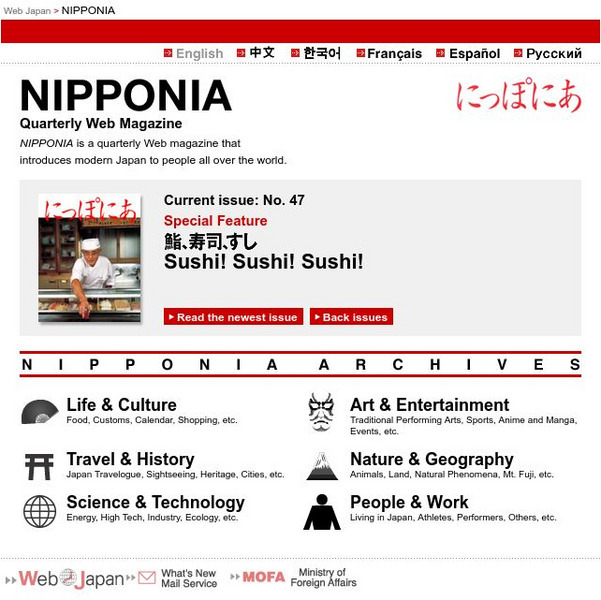Hi, what do you want to do?
Curated OER
Change Happens
Young scholars research different inventions that have changed over time. They use a comic strip format to illustrate how an area has changed. They share their comic strips with the rest of the class.
Curated OER
Polar Animals Writing Practice
In this polar animals writing worksheet, students complete sentence starters that use polar animals, then write several sentences to continue their "story." A reference website for additional resources is given.
Curated OER
Counting Polar Animals: 1-3
In this counting activity, students count polar animals, writing their count on lines beside each. Page uses numbers 1-3 only; a reference website is included for additional resources.
Crayola
Crayola: Birth of Bits and Bytes (Lesson Plan)
This lesson plan incorporates many subjects! Students create a flow chart after studying the "Evolution," of computers. Also provides adaptations and references to use. (To access this lesson plan, you must register with Crayola.com....
Curated OER
Educational Technology Clearinghouse: Clip Art Etc: Modern Parthenon
The Athenians, on their return to Attica, after the defeat of the Persians, found their city ruined and their country desolate. - Smith, 1882
Japanese Ministry of Foreign Affairs
Web Japan: Nipponia
Nipponia is an online magazine, published quarterly, that introduces modern Japan to people all over the world. Browse articles on life and culture, travel and history, science and technology, art and entertainment, nature and geography,...
Other
City of Winnipeg: Water Treatment Program: Treatment Plant
The City of Winnipeg water treatment plant is a state-of-the-art, modern facility designed for performance, safety, and environmental sustainability. Take a virtual tour of the plant to see how this amazing technology ensures safe...
Other
Kingwood Library: American Cultural History: 1880 1889
The 1880's in America were chock full of new architecture, technologies, businesses, modern conveniences such as gas and electric, operas, fashions, and much more as featured in this resource.
American Forum for Global Education
American Forum for Global Education: Challenge of the Desert
This elementary exploration of interdependence from the American Forum for Global Education touches on language arts, social studies, and science. Students understand the connection between themselves and their natural environment.
Other
Trench Brothers Project: Designing a Soldier's Survival Kit [Pdf]
This activity was created by the Trench Brothers project in England which uses drama, music, and art to share stories of World War I's ethnic minority soldiers with British schools. In this lesson, students are asked to research what...
TED Talks
Ted: Ted Ed: A Cinematic Journey Through Visual Effects
It's been 110 years since Georges Melies sent a spaceship slamming into the eye of the man on the moon. So how far have visual effects come since then? Working closely with the Academy of Motion Picture Arts and Sciences, Don Levy takes...
Other
African American Inventors Who've Changed Your Life (Pdf) [Pdf]
Integrated lesson plan focusing on the contributions that African American inventors have made to modern society. Includes rationale, day by day plan, links, and other information.
Curated OER
Educational Technology Clearinghouse: Clip Art Etc: Galileo Galilei
Galileo Galilei (15 February 1564 - 8 January 1642) was a Tuscan (Italian) physicist, mathematician, astronomer, and philosopher who played a major role in the scientific revolution. His achievements include improvements to the telescope...
Curated OER
Educational Technology Clearinghouse: Clip Art Etc: Persona
A mask. Masks were worn by Greek and Roman actors in nearly all dramatic representations. This custom arose undoubtedly from the practice of smearing the face with certain juices and colours, and of appearing in disguise, at the...
Curated OER
Educational Technology Clearinghouse: Clip Art Etc: Persona
A mask. Masks were worn by Greek and Roman actors in nearly all dramatic representations. This custom arose undoubtedly from the practice of smearing the face with certain juices and colours, and of appearing in disguise, at the...
Curated OER
Educational Technology Clearinghouse: Clip Art Etc: Sarcophagus of Scipio
Sarcophagus, plural Sarcophagi, is a kind of stone used among the Greeks for making coffins, and so called because it was believed to have the property of consuming the flesh of dead bodies deposited in it within a few weeks. Hence a...
Curated OER
Educational Technology Clearinghouse: Clip Art Etc: The Wall of Rome
Constructed by Aurelian and rebuilt by Honorius. The material is concrete faced with brick; thickness, 13 feet; greatest height, 58 feet. This is still the wall of the modern city, although at present no effort is made to keep it in...
Curated OER
Educational Technology Clearinghouse: Clip Art Etc: Adam Smith
A medal with Adam Smith's profile image. He is cited as the father of modern economics and capitalism.
Curated OER
Educational Technology Clearinghouse: Clip Art Etc: Baron Von Humboldt
(1769-1859) "A German traveler and naturalist, the founder of the modern science of physical geography." -Foster, 1921
Curated OER
Educational Technology Clearinghouse: Clip Art Etc: Catherine Ii
Catherine II was the Empress of Russia from 1762 to 1796. Under her reign, the Russian Empire expanded and was modernized under Western European standards.
Curated OER
Educational Technology Clearinghouse: Clip Art Etc: Fernando De Soto
Hernando de Soto (Jerez de los Caballeros, Badajoz, Spain, c.1496/1497-May 21, 1542) was a Spanish explorer and conquistador who, while leading the first European expedition deep into the territory of the modern-day United States, was...
Curated OER
Educational Technology Clearinghouse: Clip Art Etc: James Hutton, m.d.
James Hutton MD was a Scottish geologist, physician, naturalist, chemist and experimental farmer. He is considered the father of modern geology.
Curated OER
Educational Technology Clearinghouse: Clip Art Etc: Johann Herbart
(1776-1841) German philosopher and founder of modern pedagogy.
Curated OER
Educational Technology Clearinghouse: Clip Art Etc: Louis Pasteur
This picture is based upon a photograph of a painting which has won great fame during recent years. The artist has represented Pasteur, the celebrated scientist, busily at work in his laboratory, recording the results of his microscopal...












